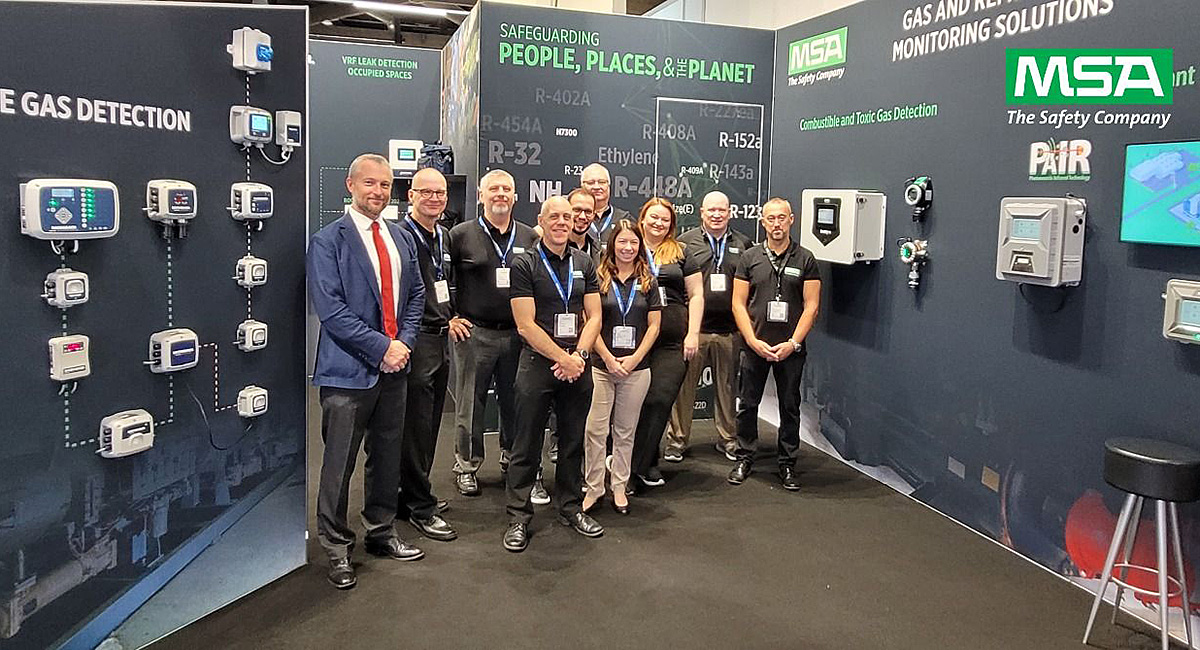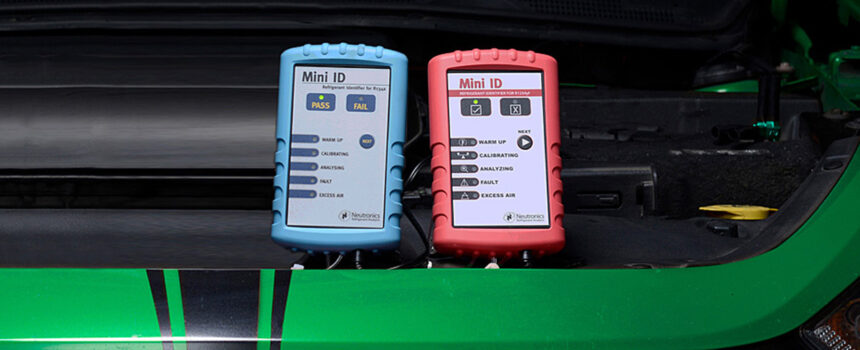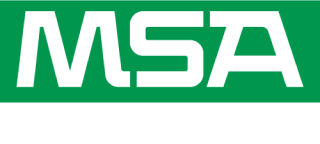
New EPA refrigerant regulations take effect on January 1, 2019. Do you know what’s required? Here’s what you want to know now about the new refrigerant regulations for 2019, all compiled into this one post.
How the New Refrigerant Regulations Will Affect You in 2019
As you may already be aware, the EPA 608 Update (part of EPA refrigerant laws), issued in November 2016, updated the existing refrigerant management requirements (i.e., for CFCs and HCFCs) and also extended them to non-exempt substitute refrigerants (e.g., HFCs). IMPORTANT UPDATE: On Feb. 26, 2020, the EPA finalized revisions to Section 608 Refrigerant Management Regulations and rescinded the maintenance and leak repair requirements at 40 CFR 82.157 for non-exempt substitute refrigerant (e.g., HFCs and HFOs).
The requirements from the new refrigerant regulations issued in November 2016 affect:
- Record Keeping
- Leak Rate Calculations
- Equipment Leak Thresholds
- Leak Repair Time Frames
- Leak Inspection Requirements
- Retrofit & Retirement Timescales
- Chronically Leaking Appliance Reporting
These changes go into effect (or have already gone into effect) on one of these three key compliance dates: January 1, 2017; January 1, 2018; and January 1, 2019. You are now nearing the January 1, 2019, compliance date. And, yes, while you have passed the other compliance dates from 2018 and 2017, don’t relax just yet… In fact, things may be just getting started.
Here’s why: Some of the biggest requirements of the new refrigerant regulations go into effect on January 1, including
- new refrigerant leak rate thresholds for equipment;
- new mandatory leak inspection requirements under certain circumstances; and
- new refrigerant leak reporting for chronically leaking appliances.
New Allowable Refrigerant Leak Rate Thresholds
Starting January 1, 2019, there are new allowable refrigerant leak rate thresholds for the triggering of leak repair requirements, where you may employ one of these refrigerant leak detection methods.
Specifically, these thresholds are categorized by appliance type (i.e., industrial refrigeration, commercial refrigeration, comfort cooling, and other). Industrial refrigeration goes from 35% to 30%; commercial refrigeration goes from 35% to 20%; and comfort cooling and other appliances goes from 15% to 10%.
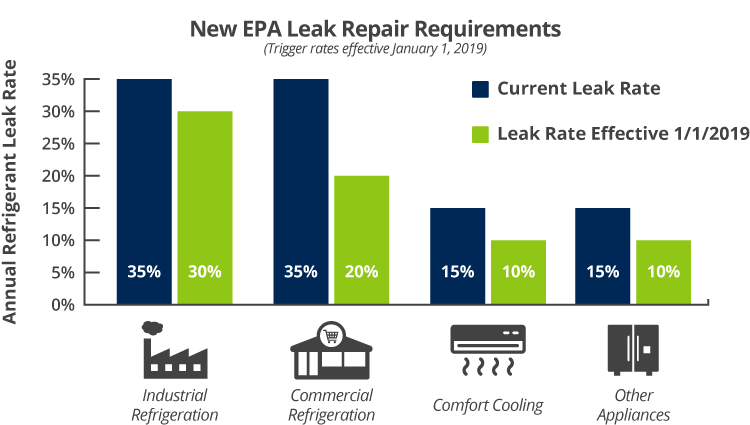
As shown, all of the thresholds will be lowered, and those with commercial refrigeration equipment will have the biggest drop in the allowable threshold.
Let’s move on now to the second biggest change that comes along with the new EPA refrigerant regulations for 2019: new mandatory leak inspection requirements.
New Mandatory Leak Inspection Requirements
So now that you’ve familiarized yourself with the new leak rate thresholds per the EPA 608 Update, it’s important to understand what you need to do if your appliance indeed does exceed the applicable allowable leak rate threshold: a mandatory leak inspection.
If this requirement, mandatory leak inspection, seems new to you, that’s because it is.
Yes, starting Jan. 1, 2019, if your appliance exceeds the applicable threshold, you must conduct a leak inspection, and such leak inspections must be carried out by a certified technician.
Get all the details on this in our EPA Section 608 2019 Checklist, which explains the new refrigerant regulations in 7 simple points.
Let’s explore what leak inspection requirements each appliance type has if you exceed the applicable thresholds,
Commercial Refrigeration and Industrial Process Refrigeration
- Full charge is 500 pounds or more — For commercial refrigeration or industrial process refrigeration (IPR) appliances with a full charge of 500 or more pounds, leak inspections must be conducted once every 3 months.
- Full charge is between 50 and 500 pounds — For commercial refrigeration and IPR appliances with a full charge of 50 or more pounds but less than 500 pounds, leak inspections must be conducted once per calendar year.
Comfort Cooling
- Full charge is 50 pounds or more — For comfort cooling appliances with a full charge of 50 or more pounds, leak inspections must be conducted once per calendar year.
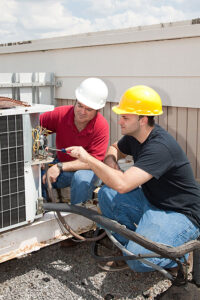
As you can see, monitoring your refrigerant leak rates just got a whole lot more important. For more details on the changes to the refrigerant leak rate calculations and requirements, check out this post.
It’s also worth noting that inspections are not required on appliances, or portions of appliances, continuously monitored by an automatic leak detection (ALD) system that is audited or calibrated annually.
For peace of mind and to avoid the hassle of mandatory leak inspections, you might be interested in checking out our very popular Multi-Zone Refrigerant Monitor. It’s the best refrigerant leak detection available and has an industry-leading minimum detectable level (MDL) of 1 ppm for halogenated gases.
With all this in mind, let’s go to third and final biggest change the new EPA refrigerant regulations for 2019 bring: new chronically leaking appliance reporting.
New Chronically Leaking Appliance Reporting
Not only is there now more stringent refrigerant leak rate thresholds and mandatory leak inspections under certain circumstances, you also have to pay attention to the new refrigerant leak reporting requirements for chronically leaking appliances.
Basically, if an appliance with 50 or more pounds of controlled refrigerant leaks 125% or more of the full charge in a calendar year, you must submit a report to the EPA by March 1st of the subsequent year. That concludes what you want to know about the new EPA refrigerant regulations for 2019.




